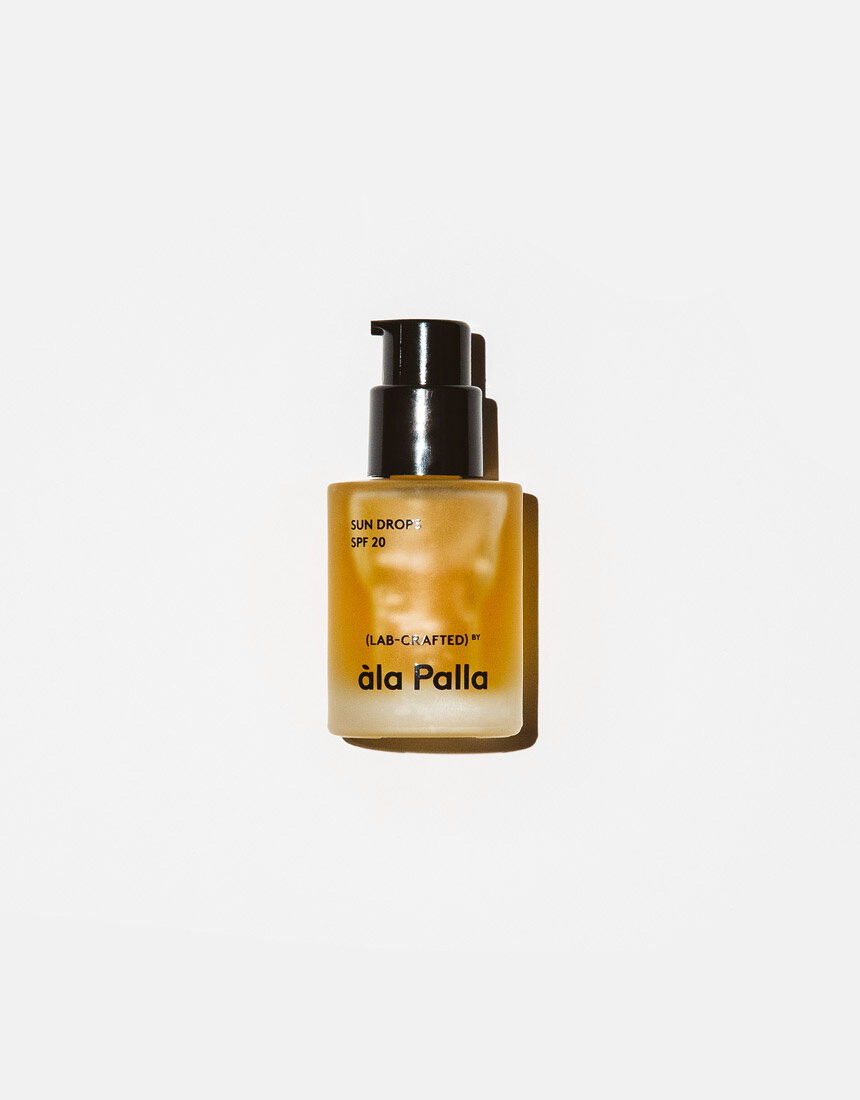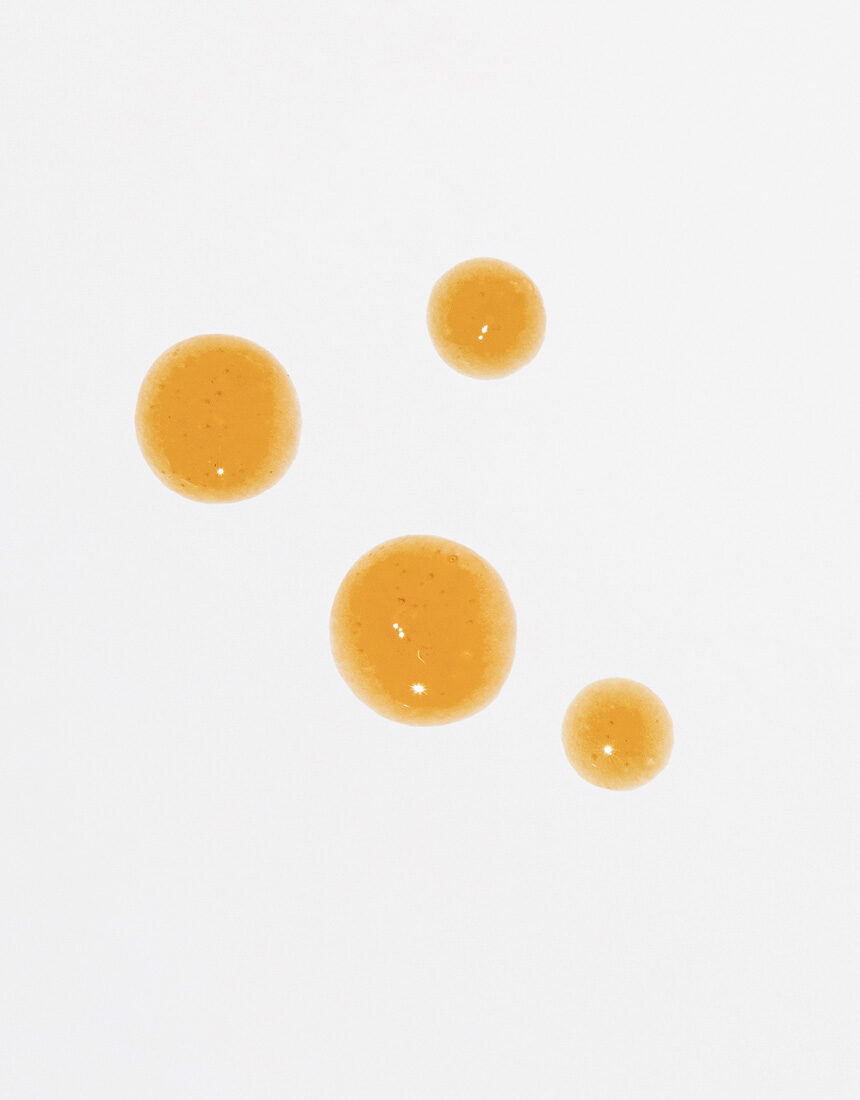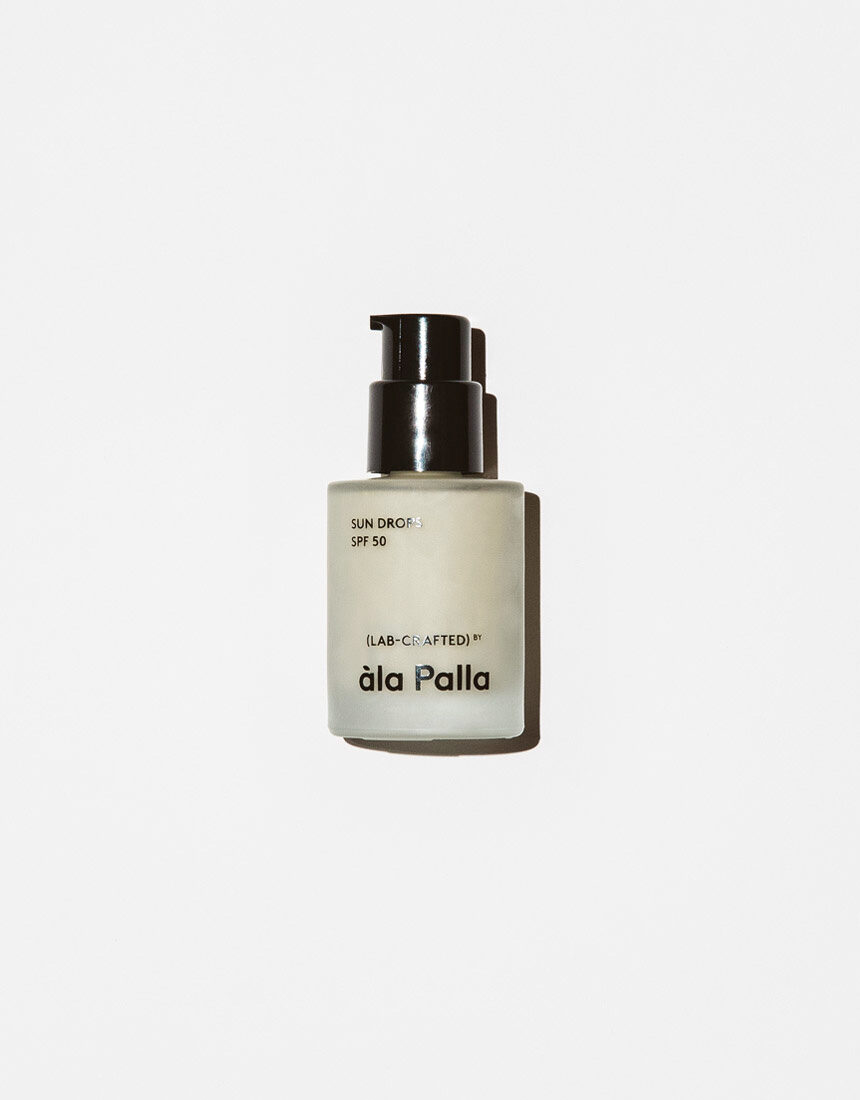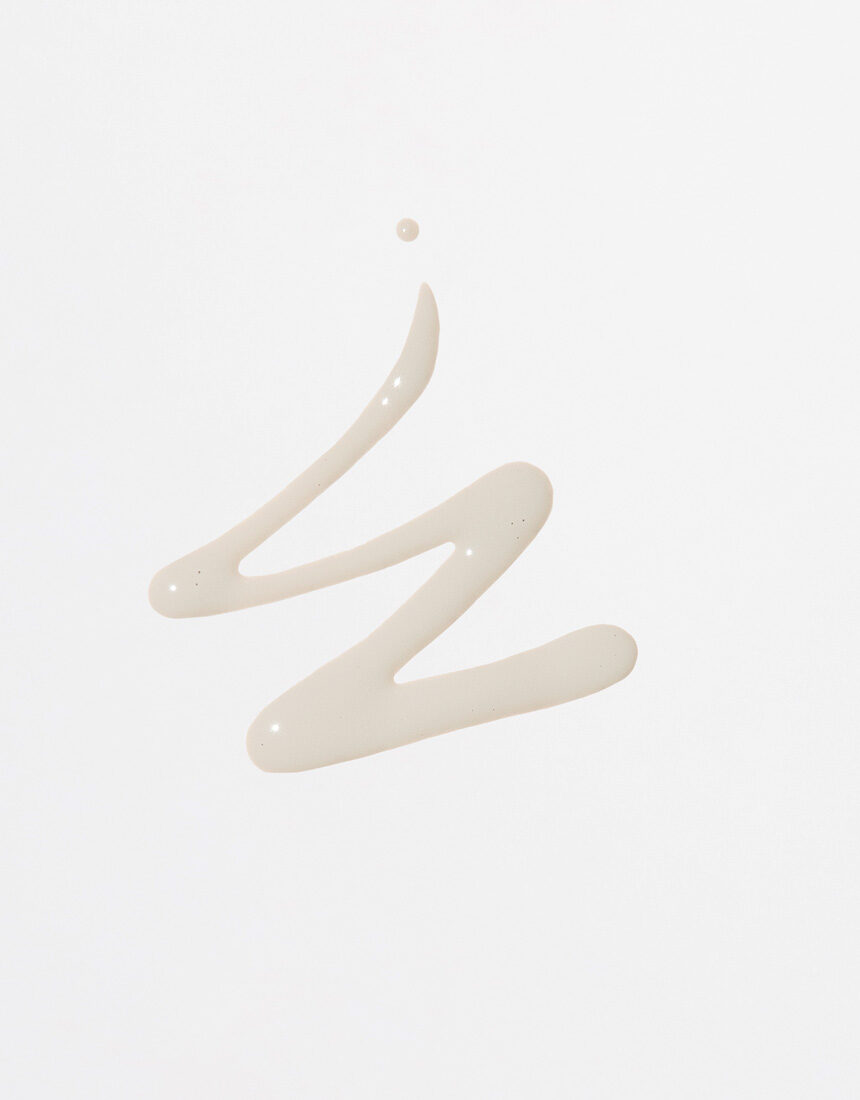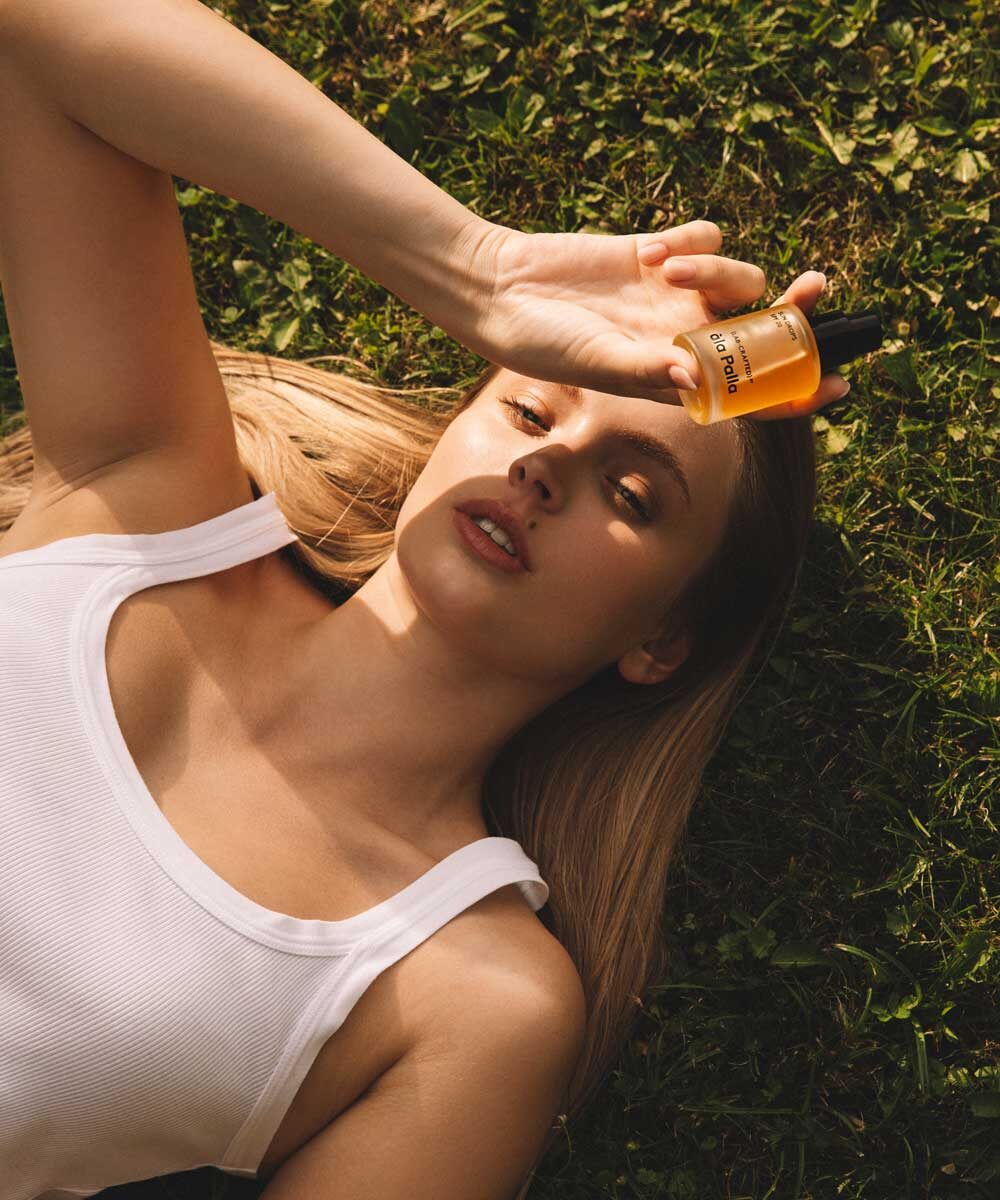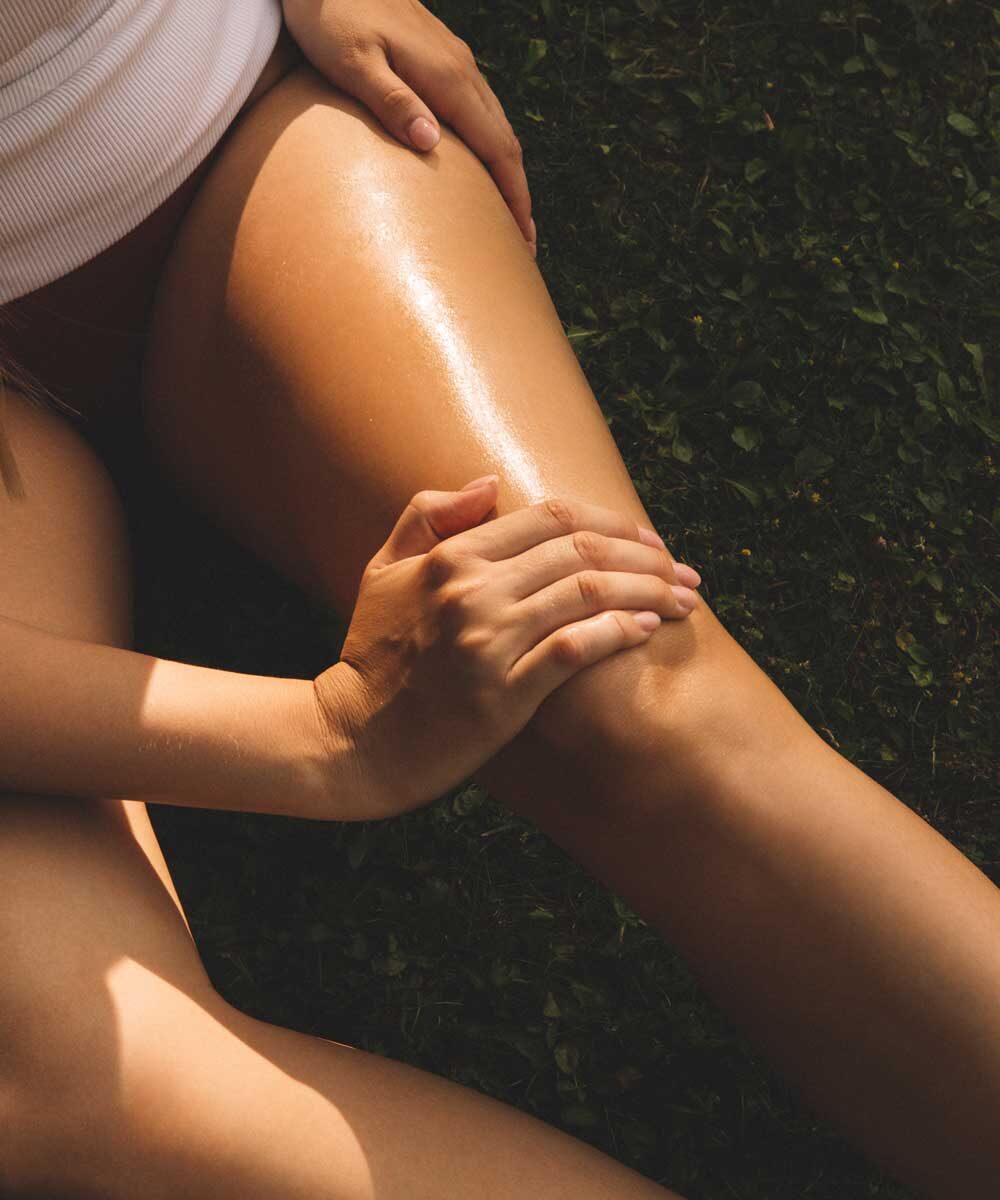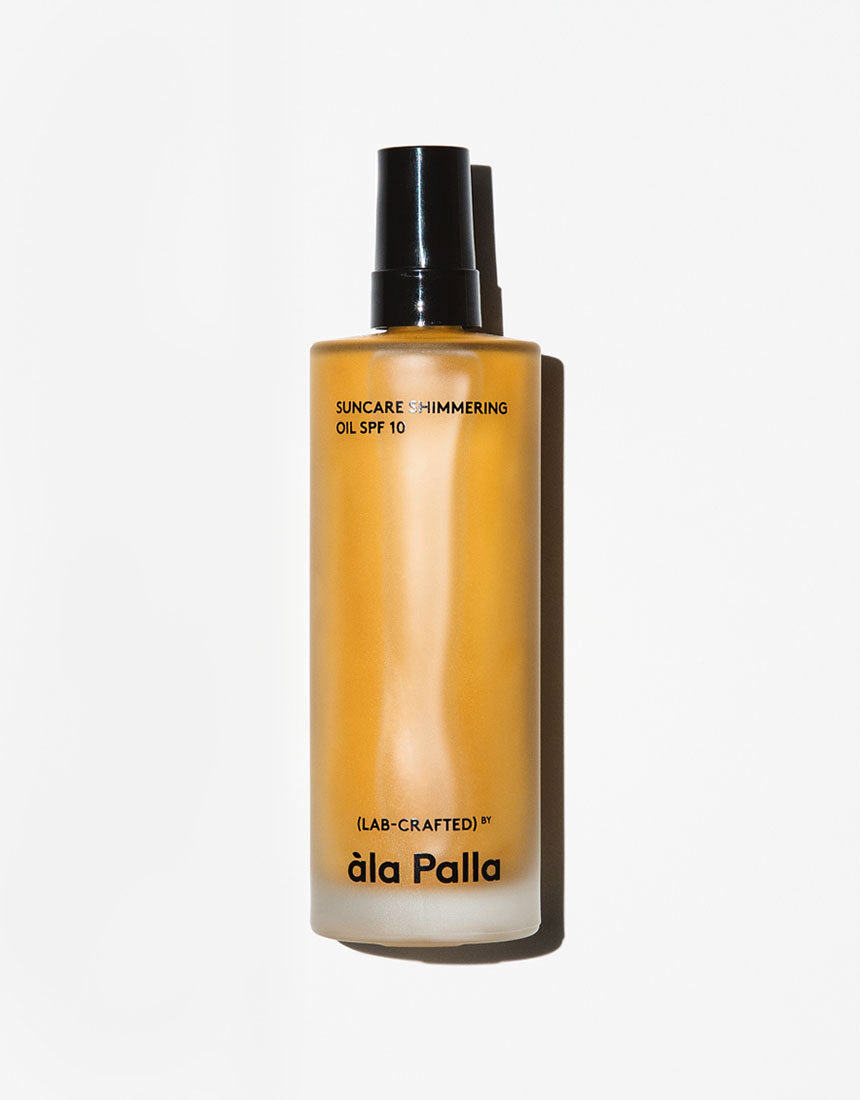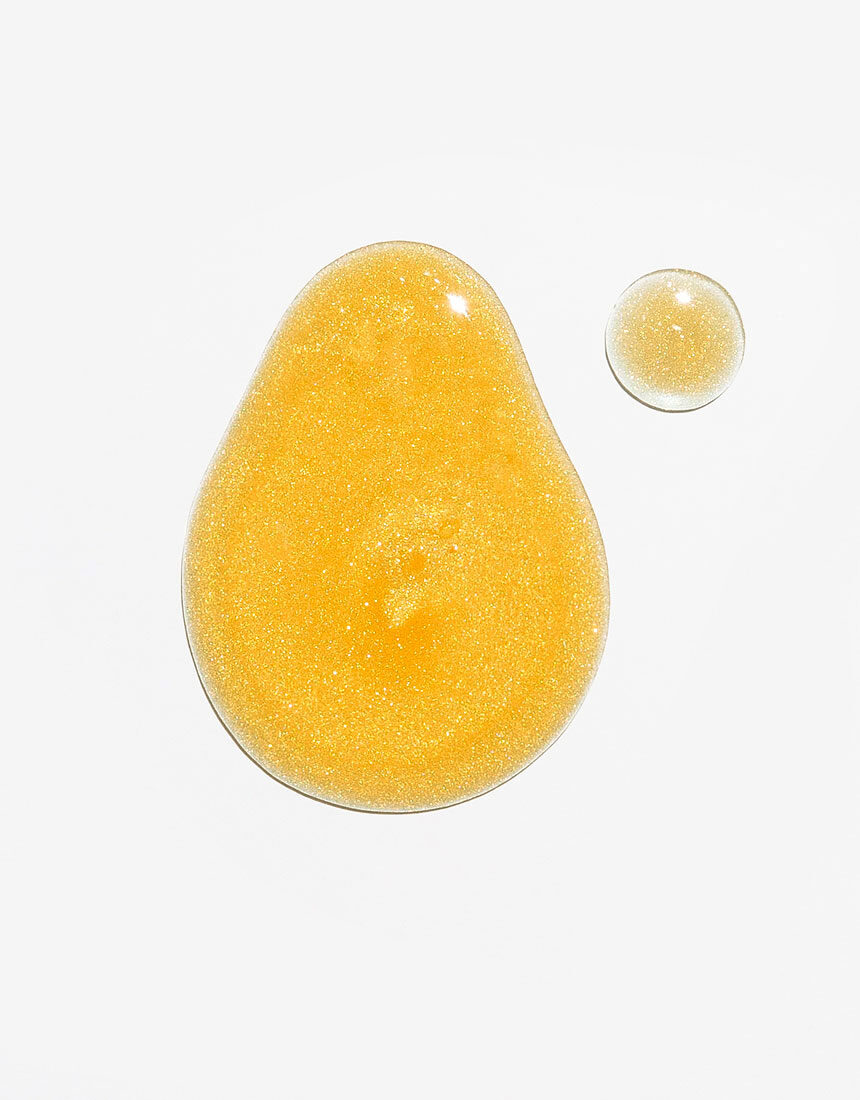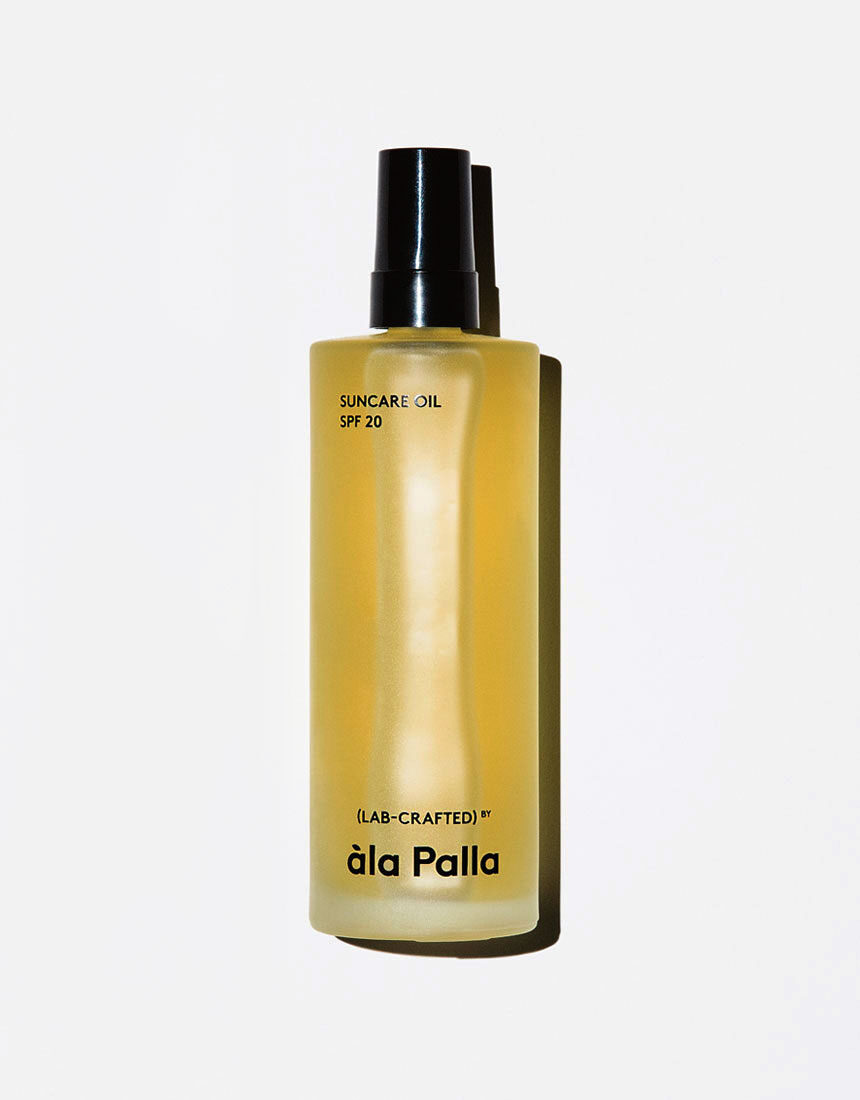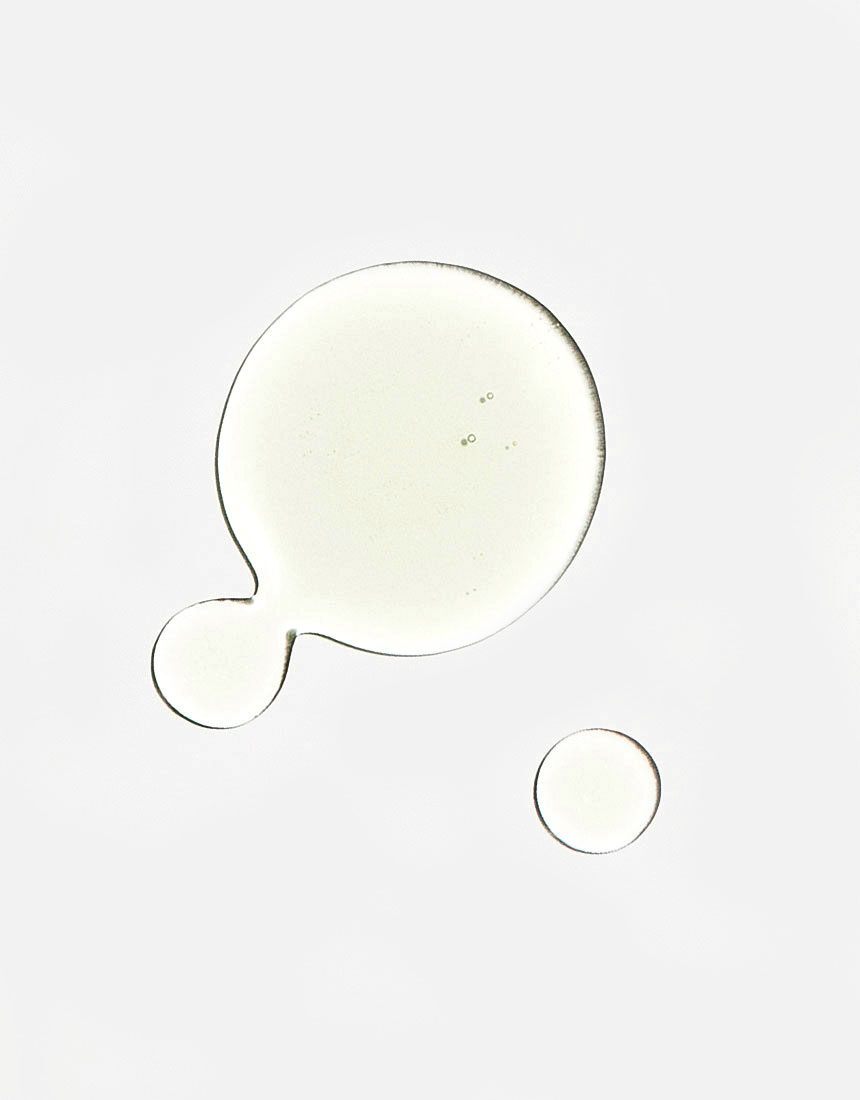
HEALTH / 04. 10. 2023
Protect yourself from UV with the most modern solution.
Summer is over, but the sun is here to stay all year round, and even in autumn or winter, it can be strong enough to take its toll on your skin.
1 — What is sunlight?
The sun can work magic. It’s the source of all energy and essential to all living things, including humans. We most often associate sunshine with summer and beautifully tanned skin which, however, is not necessarily a sign of good health. Sunlight consists of visible light and infrared and ultraviolet (UV) radiation. Of the latter two, it is the UV light that’s harmful to our skin, and this is further divided into two types.
The UVB light that barely passes through the clouds or glass windows, and the UVA light which partially does.
2 — How does UV light affect the skin?
UV light has many benefits: it has an antidepressant and relaxing effect, in small doses its boosts immunity, stimulates the synthesis of vitamin D3, has a therapeutic effect on some diseases, and makes us look more attractive and healthier. Five to fifteen minutes in the sun is all your skin needs in the summer.
However, it can be harmful, too, speeding up skin ageing, changing pigmentation, causing sunburn and sagging skin, and triggering skin cancer.
3 — Do we need protection against sunlight?
We certainly do, and there are several ways to protect your skin from the sun’s harmful effects. The basic one is the body’s own passive self-defence mechanism – through skin pigmentation, melanin production, skin cornification, and in-built DNA repair systems. If there’s too much UV light, however, this primary line of defence fails, and secondary protection is needed. This secondary defence can take various forms, such as hiding in the shade, covering oneself with clothing or using protective products. The role of sunscreen products is to protect the skin from sunlight, thus allowing reasonable exposure to the sun and supporting the skin’s natural photoprotection mechanism.
4 — What is SPF?
SPF stands for Sun Protection Factor, a relative measure of how much time we can spend in the sun without getting sunburned. The number says how many times we should reapply sunscreen and when. The golden rule is to reapply sunscreen at least twice a day, but if you’re directly exposed to the sun, reapply at least once every two hours and always after swimming, towelling and sweating.
5 — What are the benefits of SPF?
First of all, it lets you stay longer in the sun, reduces the signs of ageing, hyperpigmentation and blemishes, and protects the skin from sunburn, all of which reduce the risk of skin cancer and boost protection against inflammation.
6 — Which parts of the body need the most protection?
All those that are exposed to the sun, but mainly the face which we do not keep covered all the time.
That’s why we have developed facial sunscreen drops with SPF 20 and 50 which you can use as a serum applied under your day cream all year long. You can also use them before and during exposure to the sun, but always remember to reapply after swimming, sweating, and towelling.
All àla Palla products containing SPF:
- are dermatologically tested
- are easy to apply
- are non-comedonic
The UV filters we have chosen to use:
- are highly photostable and do not change their potency over time (do not degrade)
- offer a high level of protection even at low concentrations
- are safe
All of our sunscreen products have been thoroughly tested to guarantee the required SPF rating.
Chemical UV filters (organic) – absorb part of UV light and convert it into heat.
Physical UV filters (inorganic/mineral) – reflect and scatter UV light.
Hybrid UV filters – meet the requirements of a modern UV filter, being structurally organic but acting as physical blockers. Instead of absorbing it, they reflect the UV radiation. They have low health risks and good photostability.
Natural UV filters – research has not shown the SPF of any natural oil to be sufficient and stable, so they are not safe to use alone as a sunscreen. Some are able to protect against UV radiation, such as tamanu oil, which studies have shown to have the highest SPF of any natural oil. However, even tamanu oil does not provide sufficient protection from UV light and is always used in combination with other types of UV filters. Alternatively, it can be used as a booster for other UV filters the way we use it in our facial sunscreen drops. The problem with natural UV filters is that their SPF is not standardised and can vary from batch to batch.
6 — And what makes our sunscreens so unique?
We have combined traditional science with the latest UV filtering knowledge and technology to create effective, safe and easy-to-use sunscreen products.
